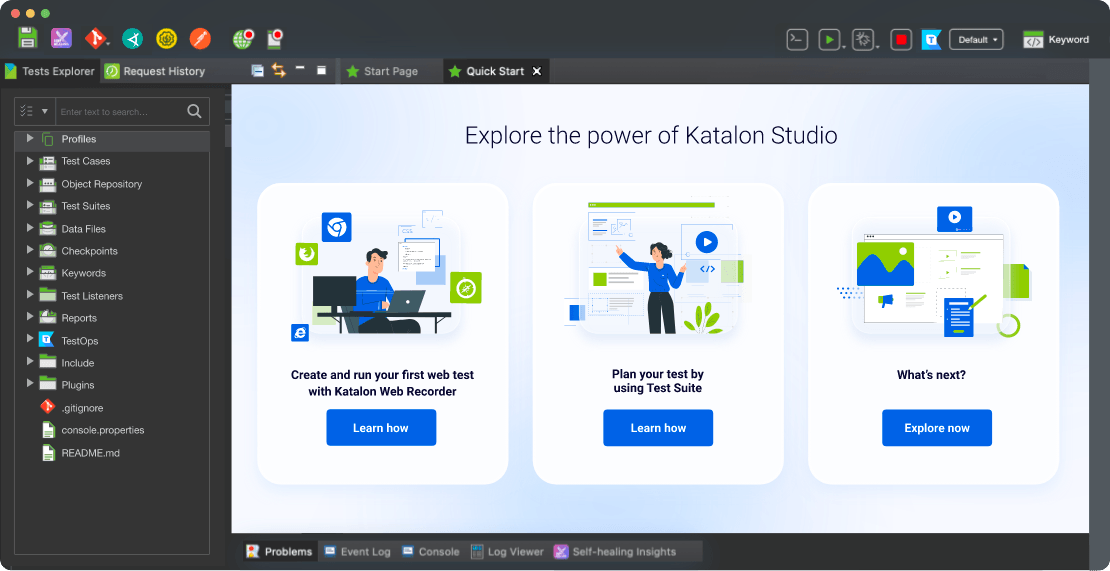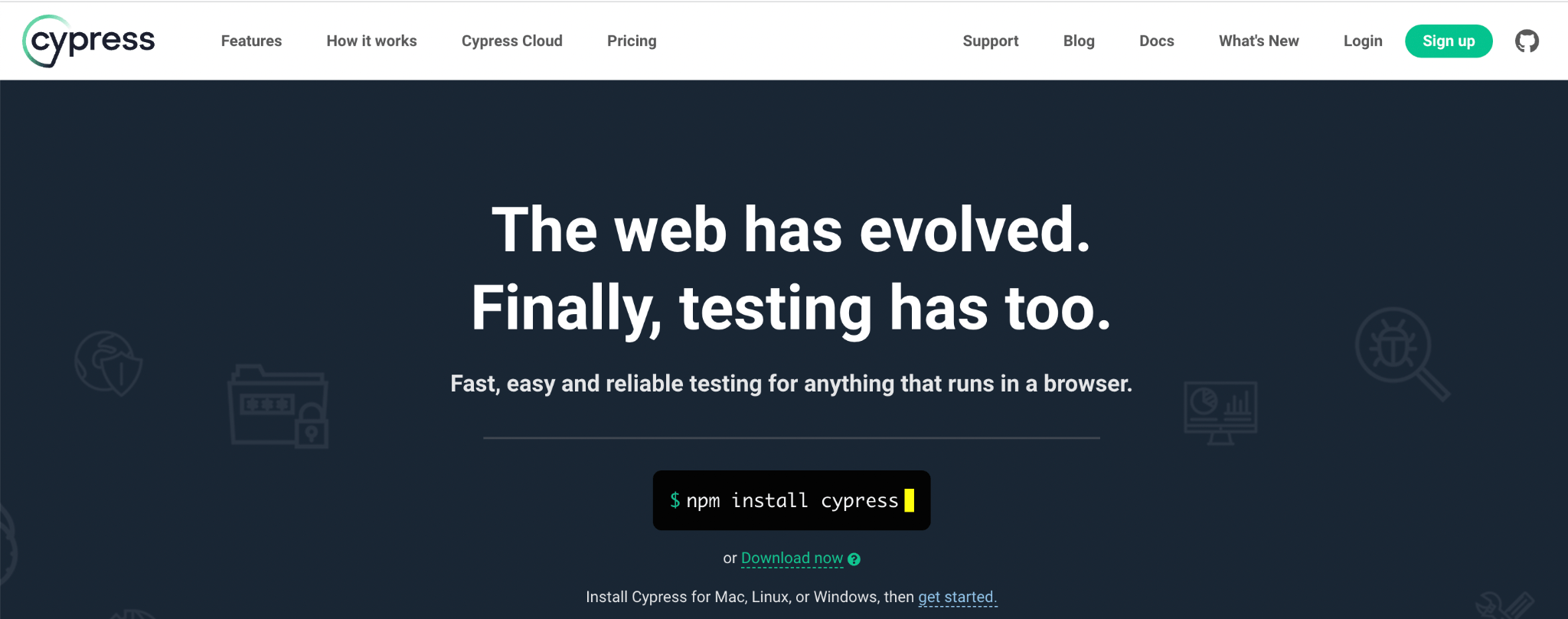Functional Testing: Definition, Types and Importance

Functional testing adopts black-box testing techniques as testing is conducted without prior knowledge of internal code structure. Learn more in this post.
What Is Functional Testing?
As the name implies, functional testing is all about testing the functionality of an application. It’s verifying that a software meets user requirements and produces expected output. For example, confirming that a login form works after inputs are made, or that a password reset feature works correctly.
Functional testing adopts black-box testing techniques as testing is conducted without prior knowledge of internal code structure. Think of it as a quality assurance (QA) process where user behavior is simulated to ensure a responsive user interface and smooth business transactions.
How to Perform a Functional Test
To test the functionality of a system, you’ll need to:
- Determine the functionality of the software that requires testing. It may be a specific feature or behavior that you want to test.
- Define a test case with a clear objective, input data and expected outputs.
- Execute the test by following the steps of the test case and observing the system’s behavior.
- Evaluate the results by comparing the actual and expected outcomes. If they match, the test has passed. If not, it has failed.
Now, for a real-life example, let’s imagine we have a shopping cart feature that needs to be tested. The first thing we want to check is whether items can be added to the cart. For that, we’ll try to input some items into the cart to see if it gets added successfully. If the system works well, we’ll expect to see that the item has been added and the quantity is updated accordingly.
We also want to carry out the same process to ensure the checkout process is bug-free. To do this, we’ll click the checkout button and enter some valid payment and shipping information. We expect to see that the order has been placed and the user gets redirected to the order confirmation page.
Types of Functional Testing
There are several types of functional testing as each works based on unique needs.
Unit Testing
Unit tests are used to test individual components in a program or module without affecting the entire system. In other words, they isolate each component from other parts of the codebase so that they can be tested independently without being affected by any other changes made in the rest of your application’s codebase or architecture.
Integration Testing
Integration testing is focused on testing how various software components or modules interact with each other and with other systems. Usually done after the unit testing phase, it aims to find any incompatibilities between the different parts of your system, such as different modules or applications.
Regression Testing
Regression testing is the process of testing the same code or a part of the code after changes have been made to ensure that the changes haven’t introduced new bugs. Regression tests are often automated and run frequently as a part of your build process.
Smoke Testing
Smoke testing is a way to test the software for basic functionality. This is usually done after each build of an application is released to ensure that it’s stable and ready for further testing. This is also known as Build Verification Testing.
Sanity Testing
Sanity testing is like a surface-level test generally done after a smoke test to ensure that the critical features of an application work as expected under normal circumstances.
System Testing
System testing tests the system as a whole and not just the internal structure of your software. It’s done on an entire integrated system to determine whether it complies with the necessary requirements.
User Acceptance Testing
This occurs at the end of a software development process. It’s the final testing done where the product is exposed to end-users in a production-like environment to get feedback on whether the product meets their actual needs.
Functional vs. Non-Functional Testing
Functional and non-functional testing both ensure the quality and performance of an application. However, there are significant differences between the two terms.
As noted earlier, functional testing focuses on whether each application function is operating per the required specification.
Non-functional testing, on the other hand, focuses on user expectations such as usability, security and performance (e.g., handling heavy traffic without crashing). A simple way to put this is that while functional testing focuses on the “What,” non-functional testing focuses on the “How.”
Here are some other examples:
| Functional Testing | Non-Functional Testing |
|---|---|
| A login form accepts the correct username and password and rejects an incorrect one | Tracking response times of an online ecommerce platform during peak shopping season |
| A search function returns the correct results based on the search query | Testing the usability of a new payment platform by users performing a series of tasks |
| A shopping cart calculates the total price of items correctly | Ensuring an online learning platform is compatible with different web browsers, operating systems and devices |
Tools to Use for Your Functional Testing
Test Studio

Test Studio by Progress Telerik is a software testing tool that helps developers and testers to create and execute automated tests for web and desktop applications, with or without code. It includes a powerful test recorder, reliable patent-pending hybrid element identifying logic, and intelligent tools for test maintenance. Test Studio also offers a robust standalone visual interface, along with a Visual Studio plugin.
This product helps you boost your team productivity as it allows anyone to be deeply involved in the test automation process, no matter of their coding and automation expertise.
Features include:
- Intuitive test recording interface
- Patented multi-sense object discovery
- Support for any web technology that generates a DOM tree—Angular, React, jQuery, Blazor, ASP.NET MVC, etc.
- Support for a wide range of desktop technologies
- DOM parser and a robust user interface
- Cross-browser test recording and execution—Internet Explorer, Firefox, Chrome and Microsoft Edge
- Integrated API and load-testing features
- Coding features like test customization in C# or VB.NET, coded helper files, ability to use third-party libraries
- Bug-tracking tools integration
- Automated data-driven testing
- In-product test scheduler and CI/CD integration
- Various results and reporting tools—in-product, web-based, email, PDF, etc.
- Excellent tech support
Selenium

Selenium is a suite of tools to automate web browsers and test the functionality of web applications. It’s open-source and made up of several components, including:
- Selenium WebDriver: a tool for writing automated tests of websites. It allows you to write scripts in multiple programming languages, including Java, Python, C# and Ruby.
- Selenium IDE: a browser plugin that allows you to record and playback user actions in the browser. It is available for the Firefox and Chrome browsers.
- Selenium Grid: a tool that allows you to run your tests on multiple machines and browsers simultaneously, reducing the time it takes to run a large test suite.
Katalon

Built on top of Selenium, Katalon helps users automate web, mobile and API testing. It is designed to be easy to use and efficient, with features such as record and replay functionality, cross-platform compatibility and integration with popular tools like Jenkins and JIRA. Features include:
- Record and Playback (to record test scripts and tweak test cases)
- Testing for compatibility: Multiple cross-platform API, end-to-end and regression test suites can be run simultaneously on local and cloud-based browsers, devices and operating systems
- Easy maintenance: All of your UI components, objects and locators may be stored and accessed in the built-in object repository
- Fast scripting with keyword-driven testing
Cypress

Cypress is an open-source testing framework for testing web applications. It is a modern, fast and easy-to-use tool that allows developers to write and run tests for their applications in a consistent and reliable manner. Cypress uses a JavaScript-based language called Mocha to define tests, which can be run in a browser or headless environment.
Appium

Appium is an open-source test automation framework for testing native, hybrid and web applications on mobile devices. It is designed to be cross-platform, allowing developers to write tests for multiple operating systems (such as iOS and Android) using the same code base.
Appium uses a client-server architecture, where the client sends commands to the server, which then executes those commands on the mobile device. It supports a variety of programming languages, including Java, Python, Ruby and Java, and can be integrated with various testing tools and frameworks such as Selenium and Cucumber.
Best Practices for Functional Testing
I spoke to Iliyan Panchev, Product Manager at Test Studio, about best practices for functional testing and he gave some useful pointers:
Before going into the actual testing, prepare a test plan with test cases. Prioritize test cases well based on the business importance of the scenario (how often it is going to be performed by the customers and what impact would have on the business and the operation of the application if it fails).
Use automation: Test automation helps you scale. While it covers a certain baseline of existing functionality, QAs can focus their manual efforts on new features or highly risky scenarios.
Don’t fall into the trap of automating everything, especially when talking about UI test automation. Automate stable features that will need regression testing in the long run. Again, prioritize the high-impact scenarios.
Pick the right tool for your team depending on the team’s expertise in automation and coding, on the type of project and application.
Reusability is important in automation—it decreases the time for test creation and maintenance.
Here are some more tips:
- Perform regular regression testing and continuously monitor the system after deployment.
- Use a variety of testing techniques—manual testing, automated testing and exploratory testing.
- Keep testing documentation up to date and track defects.
Concluding Thoughts
Functional testing confirms the correct functionality of a product or service by running tests that make sure it conforms to its specifications. This can be done by simulating real-world conditions, such as error conditions in database schemas.
Functional test automation tools such as TestStudio are used for this purpose because they can take advantage of specific logic in an application and automate its execution so that you don’t have to manually do it every time.
Why Try Test Studio?
With Test Studio, you can automate functional testing to ensure the whole system works as expected and remove delivery bottlenecks.
Plus, Test Studio’s blend of codeless and code-based test automation capabilities in an intuitive UI enables testing anyone can use regardless of expertise and delivers outstanding results for QAs, developers and managers.
And did we mention, you get a free trial?

John Iwuozor
John Iwuozor is a freelance writer for cybersecurity and B2B SaaS brands. He has written for a host of top brands, the likes of ForbesAdvisor, Technologyadvice and Tripwire, among others. He’s an avid chess player and loves exploring new domains.

